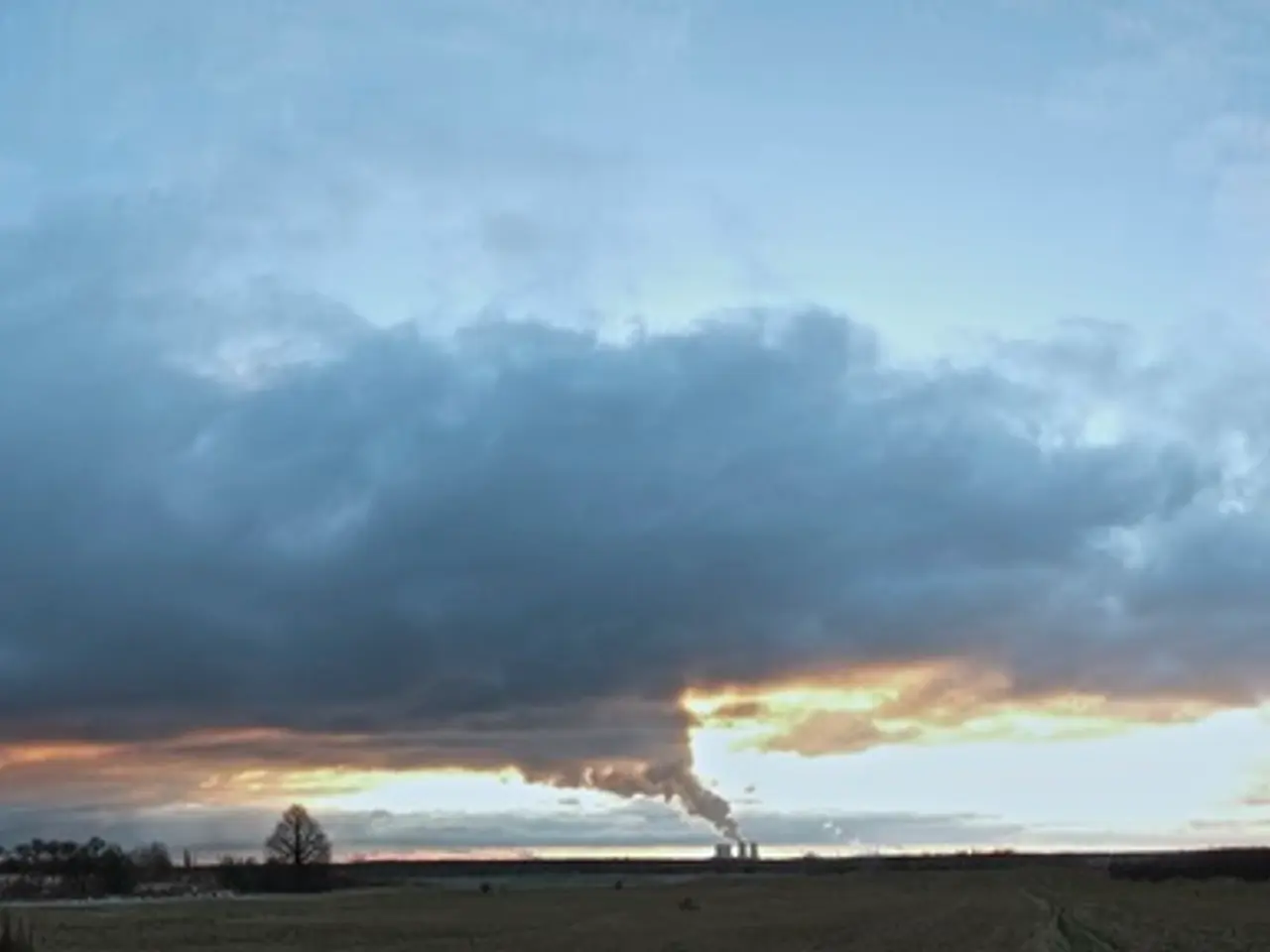Effects of Industrial Pollution on Earth's Air Constitution
==============================================================
Industrial activities, a cornerstone of modern society, have become a significant source of pollution, affecting both human health and environmental stability. The composition of the atmosphere changes due to the release of various pollutants and gases, including particulate matter, nitrogen oxides, sulfur dioxide, and greenhouse gases.
One of the most pressing concerns is ozone depletion, linked to emissions from certain industrial chemicals. These substances, such as chlorofluorocarbons (CFCs), nitrogen oxides, and sulfur dioxide, harm the ozone layer that protects us from harmful UV radiation. Ozone depletion leads to increased UV radiation, causing higher rates of skin cancer and eye problems in humans, and damaging aquatic ecosystems and phytoplankton.
The manufacturing industry, including chemical and metal production, and construction activities are significant contributors to pollution. They release pollutants like particulate matter and dust into the environment. Volatile organic compounds (VOCs) are chemicals released from many industrial products that can evaporate easily and contribute to air quality issues.
Transportation, especially involving diesel engines, contributes large amounts of nitrogen oxides. Nitrogen oxides are gases produced during combustion and contribute to the formation of ground-level ozone, adding to air pollution. The energy sector, particularly fossil fuel power plants, is another significant contributor to industrial emissions.
Understanding the impact of industrial emissions is crucial in tackling issues like climate change and ozone depletion. Technological advancements can help reduce emissions from factories, such as the use of scrubbers to reduce sulfur dioxide and the capture of carbon dioxide. The most important industries and sectors responsible for nitrogen oxide (NOx) emissions in Germany are the energy sector, industry, transport, and agriculture.
Government regulations play a key role in managing air pollution, targeting specific pollutants and setting limits on emissions. Compliance with these regulations is essential for industries to maintain cleaner air. Well-developed regulations can lead to significant improvements in air quality, but enforcement varies.
Public awareness and activism can drive regulatory measures and push industries to adopt cleaner practices. Collaboration between communities, scientists, and industries is essential for understanding the impacts of industrial emissions and finding solutions to combat air pollution. Adopting sustainable practices, like shifting toward renewable energy sources and recycling materials, can significantly reduce industrial impact on the environment.
Breathing in polluted air can lead to numerous health issues, including asthma, bronchitis, long-term chronic diseases, heart problems, and lung cancer. Particulate matter, a mixture of tiny solid and liquid particles suspended in the air, can cause serious health issues when inhaled.
Long-term effects of increasing emissions can be damaging and multidimensional, affecting ecosystems, air quality, and communities. Melting ice caps and rising sea levels threaten coastal regions due to long-term impacts of global warming. Global warming is directly linked to industrial activity, with increased temperature affecting weather patterns and leading to more severe storms and droughts.
The responsibility to reduce emissions and protect the environment lies with industries, governments, and the public alike. Implementing stricter guidelines to reduce emissions is essential to combat these challenges and mitigate the environmental impact. Reducing emissions of these harmful substances is crucial for protecting the ozone layer.
In conclusion, while industrial activities are essential for economic growth and development, it is crucial to balance this with environmental responsibility. By adopting sustainable practices and implementing stricter regulations, we can ensure a cleaner, healthier, and more sustainable future for all.
Read also:
- Peptide YY (PYY): Exploring its Role in Appetite Suppression, Intestinal Health, and Cognitive Links
- Toddler Health: Rotavirus Signs, Origins, and Potential Complications
- Digestive issues and heart discomfort: Root causes and associated health conditions
- House Infernos: Deadly Hazards Surpassing the Flames








